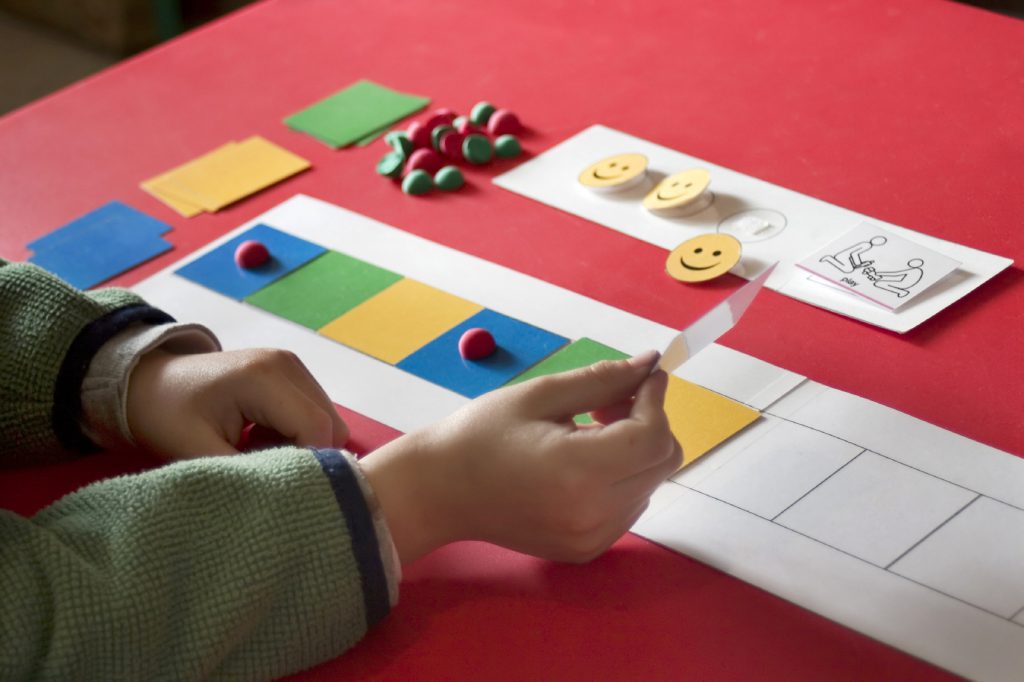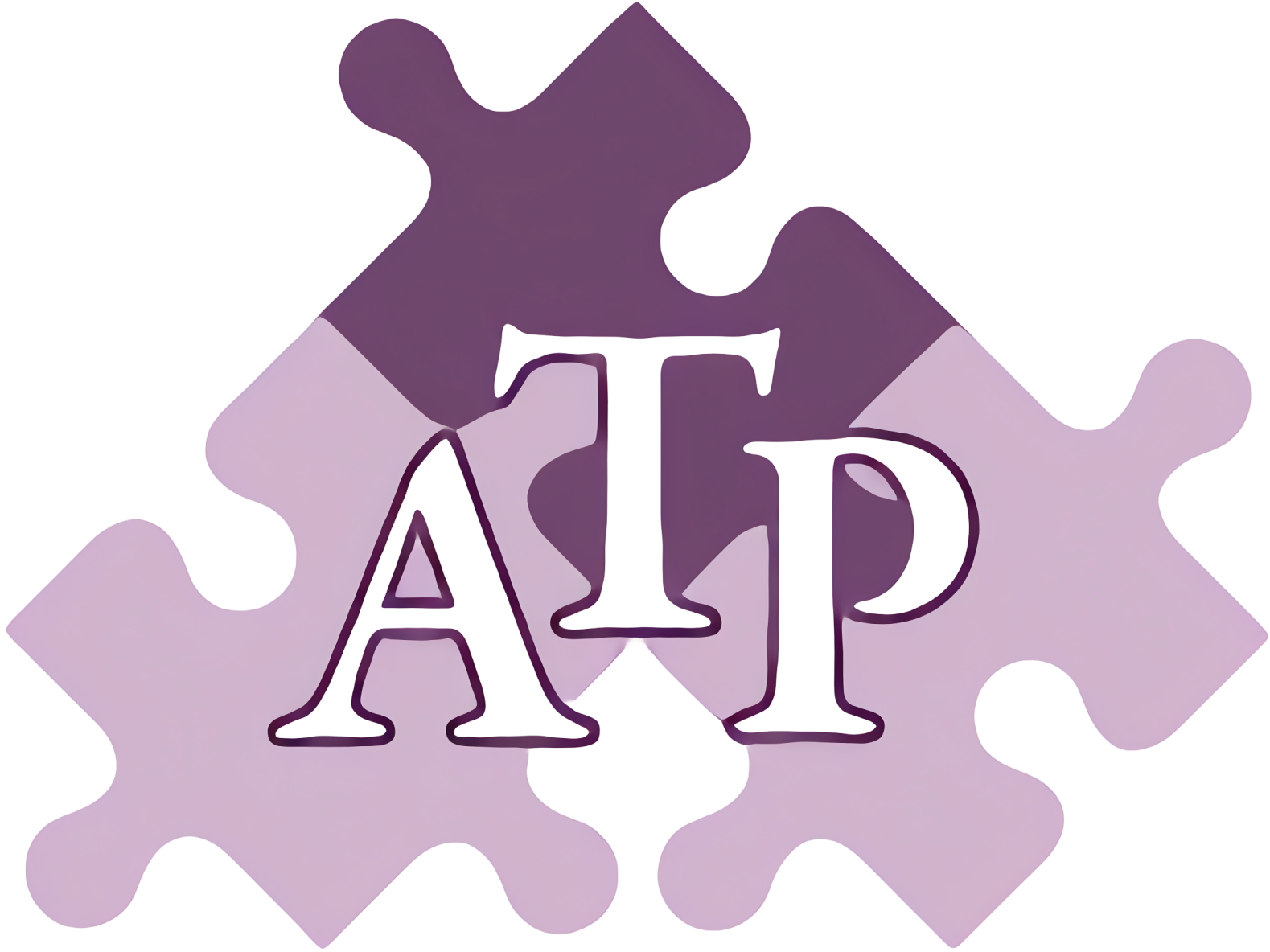Speech, Language and Swallowing Disorders in Children
Speech Disorders
Introduction to Speech Disorders
Speech is the verbal means of communicating, or the process by which sounds, syllables and words are formed by your lips, tongue, jaw teeth and palate. Speech consists of articulation (how sounds are made), voice (the use of vocal folds and breathing to produce sounds) and fluency (the rhythm of speech).
Speech disorders refer to a problem with the production of sounds, and include articulation and phonological disorders, as well as fluency and voice disorders.

Articulation disorders indicate a problem with the production of sounds in syllables or saying words incorrectly to where people are unable to understand what is being said. Often times, patients may substitute one sound for another (such as /w/ for /r/, like in /wabbit/ for /rabbit/), omit sounds (such as /nana/ for /banana/), or distorting sounds.
Any of these articulation errors could be a normal part of your child's development and are only considered a disorder if they continue to make these errors past a certain age. Please refer to the Speech and Articulation Development Chart for more information (Note: link opens in a new window).
Fluency refers to speech flow. Our speech combines sounds into syllables, where syllables blend into words, and words link into sentences with little effort. When speech is dysfluent, there is a break in the smoothness and flow of speech. Most children have occasional breaks or interruptions in their speech. However, if these breaks become frequent and remain for a prolonged period of time you may want to consult your pediatrician.
Some symptoms include:
- Frequent repetition of sounds and/or syllables (“T-T-T-Talking is fun.”)
- Frequent substitution of “uh” or “um” for correct words (“Uh, we uh, went to uh the store uh to get some uh milk”)
- Abnormal prolongations of sounds (“SSSSSSomething is not right.”)
- Tremors around the mouth and jaw during speech
- Fluctuations in pitch or loudness
- Struggle behavior when speaking
- Avoidance of certain words or sounds (“We need to buy some apples” instead “We need to buy some fruits”)
- Tics, starter devices, and facial grimaces may occur in more severe cases (e.g. frequent eye blinks, hand or head movements)
Phonological disorders are similar to articulation disorders in that they both involve the mispronunciation of sounds; however, in phonological disorders, patients have problems with the production of a group of sounds. In some cases, a child may, for example, delete all the final consonants of words (e.g. /ha/ for /hat/, or /ku/ for /kup/) or practice cluster reduction (e.g. /tar/ for /star/ or /fog/ for /frog/).
Voice is the sound produced by the vocal cords in the larynx, or voice box. A person’s voice is judged to be “normal” according to several characteristics, some of which include: pitch (how high or low the voice is), volume (how loud or soft the voice is), and quality (how clear and pleasant the voice sounds).
Several factors can cause a voice problem. For example, a voice disorder can develop in a person who misuses his/her voice by shouting or talking too loudly or using a pitch that is too high/too low. Improper breathing patterns can also affect a person’s voice. Other problems may have neurological and/or psychological causes.
If your child’s voice is hoarse or if he/she experiences pain or discomfort that lasts more than 10 days in absence of a cold or allergies, you should consult your doctor. This will help determine whether your child’s problem requires professional assistance from a laryngologist (ENT) or a speech-language pathologist. With voice therapy, many voice problems show great improvement.
Language Disorders
Introduction to Language Disorders
Language is a series of rules or a code that we learn to help us communicate and express our wants and needs. These rules are socially shared and can be comprised of what words mean and how to put words together, among other things.
A person has a language disorder when they have trouble understanding others, or putting words together to communicate thoughts, ideas, or feelings. These include receptive and expressive language disorders, as well as pragmatic disorders.

Expressive Language Disorders include difficulty putting words together to communicate ideas or limited vocabulary. For example, patients may have difficulty naming real or pictured objects/verbs, responding to questions (what do we use to brush our teeth?), formulating phrases/sentences, and/or using word endings such as –ing or plurals.
Pragmatic Disorders are when the patient demonstrates socially inappropriate behaviors such as not making eye contact, inappropriate greeting of strangers, and/or inability to maintain a conversation (turn-taking). These disorders are typical in patients with Autism.
Receptive Language Disorders are when the patient has difficulty understanding others such as following commands (“go get the ball and bring it to mommy”), spatial concepts (“put the blocks in the box”), verbs (“give the bear a drink”), etc.
Swallowing Disorders
Dysphagia
Dysphagia means difficulty swallowing and can occur at various stages of the swallowing process: the oral phase (moving food or liquid into the throat), the pharyngeal phase (swallowing reflex), or the esophageal phase (squeezing food through the esophagus into the stomach). Swallowing disorders can result from several diseases, conditions, or surgical interventions. In children, it is more common to see texture aversions due to hyper or hypo sensitivity to oral cavity.
Signs and symptoms of dysphagia include: coughing or choking while eating, hypersensitivity to certain textures of food, wet vocal quality and/or weight loss. Patients with dysphagia have a higher risk of poor nutrition, dehydration and/or aspiration (food entering airway/lungs), which may result in serious illness (aspiration pneumonia).

